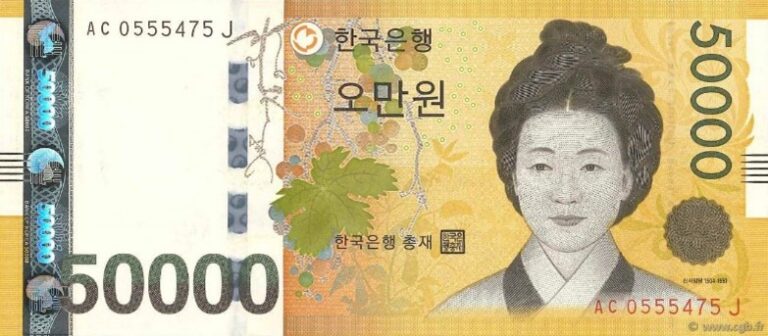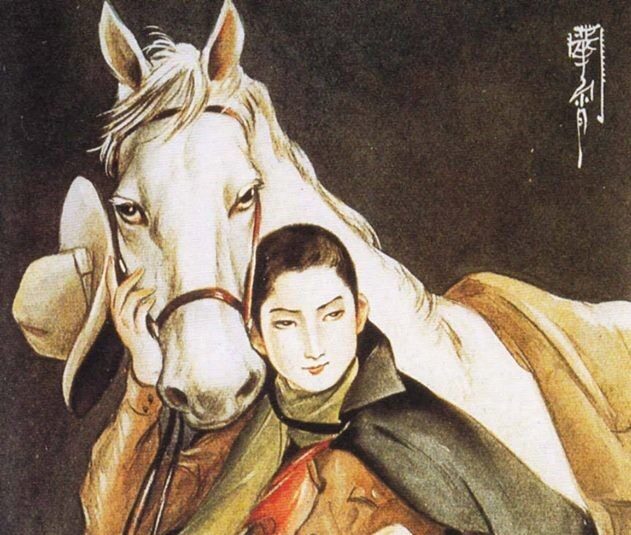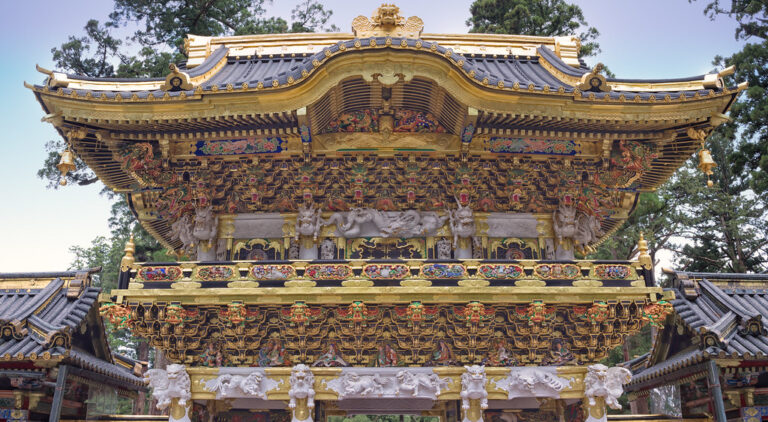What’s in a Banknote: Controlling Legacy and Shaping the Ideal Confucian Woman
Artist Saimdang was selected to feature of the 50,000-won banknote to raise awareness of gender equality within Korea. However, this choice caused great controversy amongst many feminist commentators, who saw the selection as a way for the government to promote historic Confucian notions of gender identity and patriarchal expectations of women.




